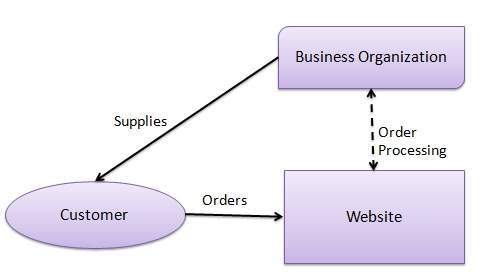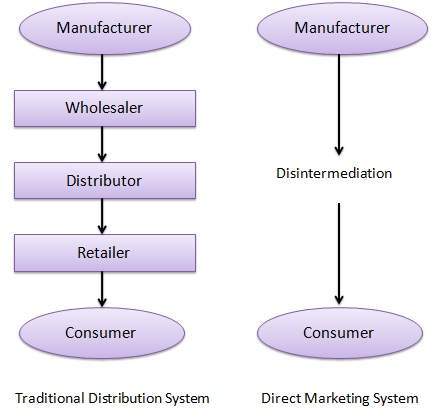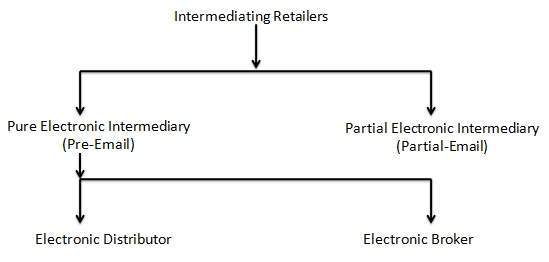E-Commerce - B2C Model
In B2C model, a business website is a place where all the transactions take place directly between a business organization and a consumer.

In the B2C model, a consumer goes to the website, selects a catalog, orders the catalog, and an email is sent to the business organization. After receiving the order, goods are dispatched to the customer. Following are the key features of the B2C model −
- Heavy advertising required to attract customers.
- High investments in terms of hardware/software.
- Support or good customer care service.
Consumer Shopping Procedure
Following are the steps used in B2C e-commerce −
A consumer −
- determines the requirement.
- searches available items on the website meeting the requirment.
- compares similar items for price, delivery date or any other terms.
- places the order.
- pays the bill.
- receives the delivered item and review/inspect them.
- consults the vendor to get after service support or returns the product if not satisfied with the delivered product.
Disintermediation and Re-intermediation
In traditional commerce, there are intermediating agents like wholesalers, distributors, and retailers between the manufacturer and the consumer. In B2C websites, a manufacturer can sell its products directly to potential consumers. This process of removal of business layers responsible for intermediary functions is called disintermediation.

Nowadays, new electronic intermediary breeds such as e-mall and product selection agents are emerging. This process of shifting of business layers responsible for intermediary functions from traditional to electronic mediums is called re-intermediation.

Comments
Post a Comment